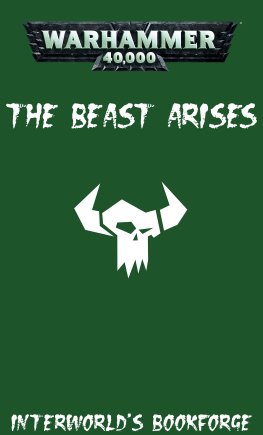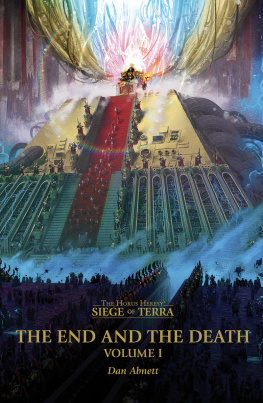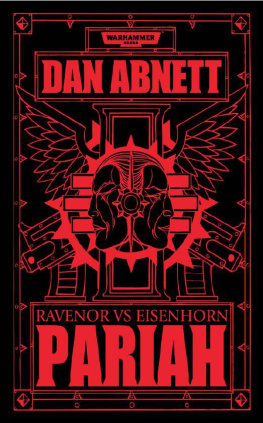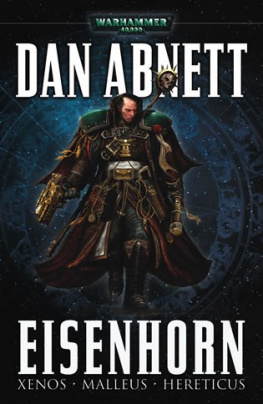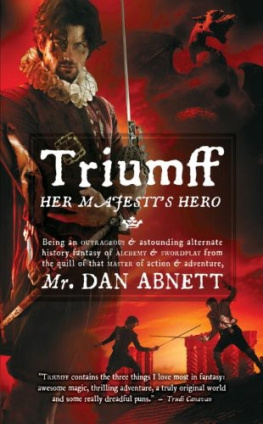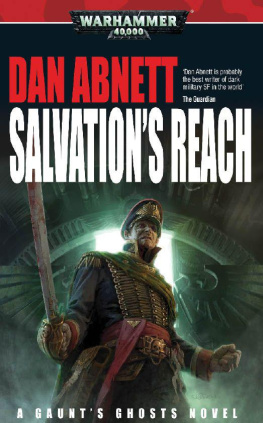
IT IS THE 41st millennium. For more than a hundred centuries the Emperor has sat immobile on the Golden Throne of Earth. He is the master of mankind by the will of the gods, and master of a million worlds by the might of his inexhaustible armies. He is a rotting carcass writhing invisibly with power from the Dark Age of Technology. He is the Carrion Lord of the Imperium for whom a thousand souls are sacrificed every day, so that he may never truly die.
YET EVEN IN his deathless state, the Emperor continues his eternal vigilance. Mighty battle fleets cross the daemon-infested miasma of the warp, the only route between distant stars, their way lit by the Astronomican, the psychic manifestation of the Emperors will. Vast armies give battle in his name on uncounted worlds. Greatest amongst his soldiers are the Adeptus Astartes, the Space Marines, bio-engineered super-warriors. Their comrades in arms are legion: the Imperial Guard and countless planetary defence forces, the ever-vigilant Inquisition and the tech-priests of the Adeptus Mechanicus to name only a few. But for all their multitudes, they are barely enough to hold off the ever-present threat from aliens, heretics, mutants - and worse.
TO BE A MAN in such times is to be one amongst untold billions. It is to live in the cruellest and most bloody regime imaginable. These are the tales of those times. Forget the power of technology and science, for so much has been forgotten, never to be re-learned. Forget the promise of progress and understanding, for in the grim dark future there is only war. There is no peace amongst the stars, only an eternity of carnage and slaughter, and the laughter of thirsting gods.
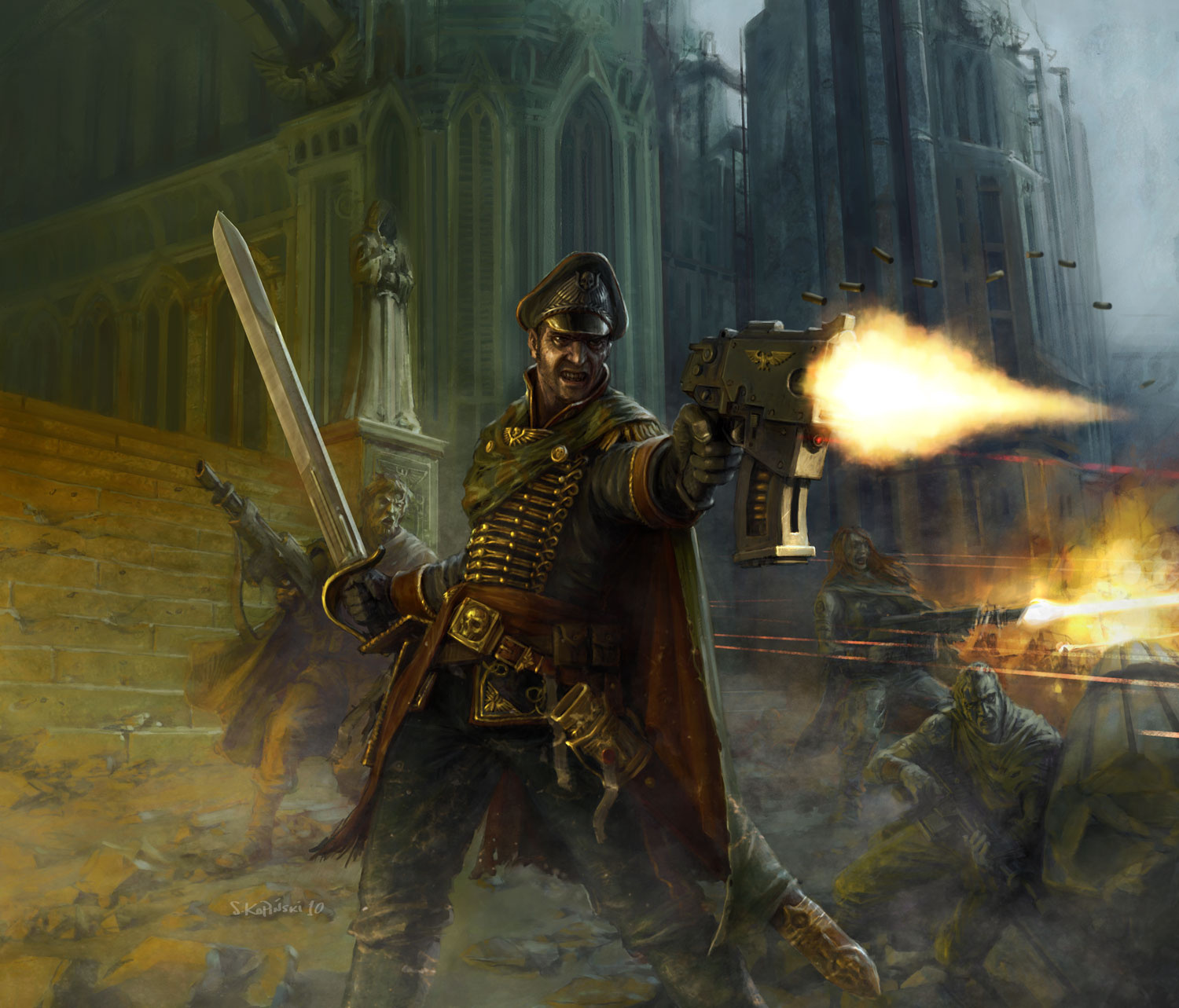
It seems I can add world builder to my CV.
Actually, that comes as no great revelation to me. Anyone who works in whats loosely known as genre fiction (ie SF, fantasy, horror, comics, a great deal of gaming etc. etc.), is used to the process. Whats basically meant by the phrase is the deliberate and artful construction of a consistent fictional background, setting or milieu for your story or stories to operate in. There are some singularly achieved examples (Middle-earth, Arrakis, Gormenghast) and there are some spectacularly piecemeal yet inclusive examples too (the continuity of Doctor Who, the Marvel Comics Universe). Ive personally done it many times, often without even consciously realising Im doing it, as I create the background for a story or series of my own. This happened with the city of Downlode in my 2000AD series Sinister Dexter, and it happened every time I invented a planet setting for a Star Trek or Legion of Super-Heroes story. Sometimes it means literally inventing a world, sometimes it means something more figurative. What youre basically setting out to do is establish a playing field that is logical and stable and doesnt start suddenly contradicting itself.
When I was first asked to write for Warhammer 40,000 (as memory serves, this would have been around about 1996), the basics of the world I would be working in were already well built. Like many popular and long-running intellectual properties, 40K is a shared universe lots of individuals work within, and contribute creatively to, the whole. But the universe was truly vast, and there was a great deal of room for micro-invention within it.
I dont mean this to sound like a criticism of Warhammer 40,000 at all: the inclusion of huge scope for individual development was a deliberately designed aspect of the universe. This was an adventure you were being invited to join in with, and contribute to. As anyone whos played the game or built his own army (and its mythology) from the ground up will testify, thats the appeal. There is room for that invention.
As Ive written novels for the Black Library, in excess of thirty and counting, Id like to think Ive contributed in two particular areas of the world building process (maybe its not really my place to review this but, hey, Ive got the mic right now). The first area is what might be called small-scale texture or domestic detail. With various books, but particularly the Eisenhorn trilogy, I wrote about the 40K universe away from the front line of eternal war. I created a lot of words, phrases and ideas that have been adopted as part of the basic vernacular (vox, anybody? promethium?) and used by other writers, by players, and by game designers alike. That gives me a huge warm feeling inside.
The other area is an actual area. Its called the Sabbat Worlds.
One of the first (not the very first, but one of the first) short stories I wrote for the Black Librarys Inferno! magazine was about a bunch of Imperial Guard called the Tanith First and Only. Along with their commander, Ibram Gaunt, they have gone on to feature in fourteen novels. They have a vast, dogged and devoted fanbase, and they represent my most monumental creative achievement (even if you simply measure it in words).
I had no idea how far the Gaunts Ghosts stories would take me when I wrote that first tale (or the handful that followed, or even the first few novels, if Im honest), but I did know I wanted some kind of backdrop. I wanted Gaunt and his men to be fighting in a particular campaign, and so I created names (in a loose and scattershot way) for the small corner of the vast 40K galaxy that they were fighting in. I called it the Sabbat Worlds. I dont know where that name came from (I dont know where any of the names came from, actually, except that I deliberately went for Celtic names for the Tanith). The Sabbat Worlds sounded exotic and atmospheric. I made reference to events that had happened just prior to the first story, and mentioned other places. It gave the stories a little meat, a little context.
As the novels took off, the background developed. It grew flesh over its bones. By the fourth book, Honour Guard, we had a real sense of what the Sabbat Worlds were all about and why they were important. These elements have become more and more significant as Ive progressed. I find it very satisfying that those early, almost throwaway references to places and events are becoming increasingly important. The series as a whole is broken down into discrete story arcs (the first three novels form the first arc, The Founding; the next four form the second arc, The Saint; the next four form the third, The Lost). The latest arc, the fourth, is called The Victory, and only the first of its four novels has been published at the time of writing. Even in this book, Blood Pact, readers will see how the setting is coming to drive the action more and more. Those flyaway bits of colour text I decorated the story with in 1996 are now monolithic parts of the epic.
So partly through my own deliberate efforts, and partly through a spontaneous creative process, the Sabbat Worlds have evolved. At one point, we produced a wallchart of them, and a campaign overview book that is now rarer than hens teeth. I never imagined that this corner of space (called, by the cheeky BL editors, the Daniverse) would get so big. But there are, as I said, thirteen Gaunt books, plus the air combat novel Double Eagle and the Titan novel Titanicus, both of which are set in the same crusade. All told, thats something over a million and a half words worth of Sabbat adventuring.
I suppose the real test of a piece of world building is how well it stands up to the visits of guest creators. In late 2009, just as I was due to begin work on the sequel to


